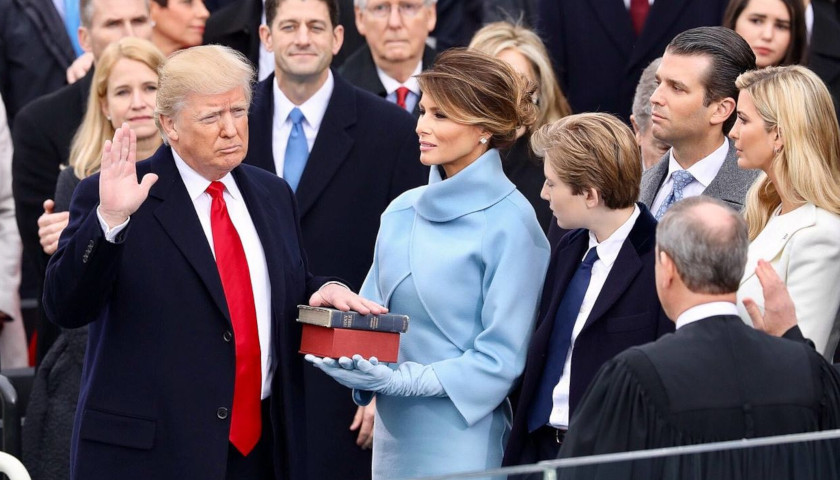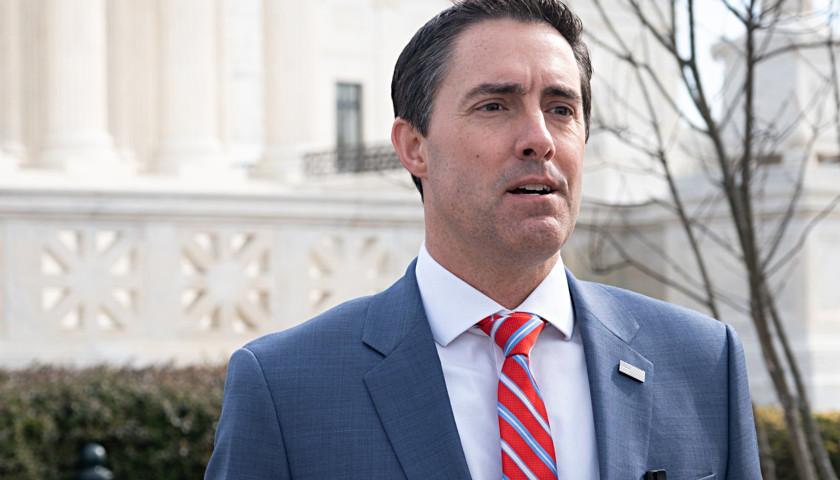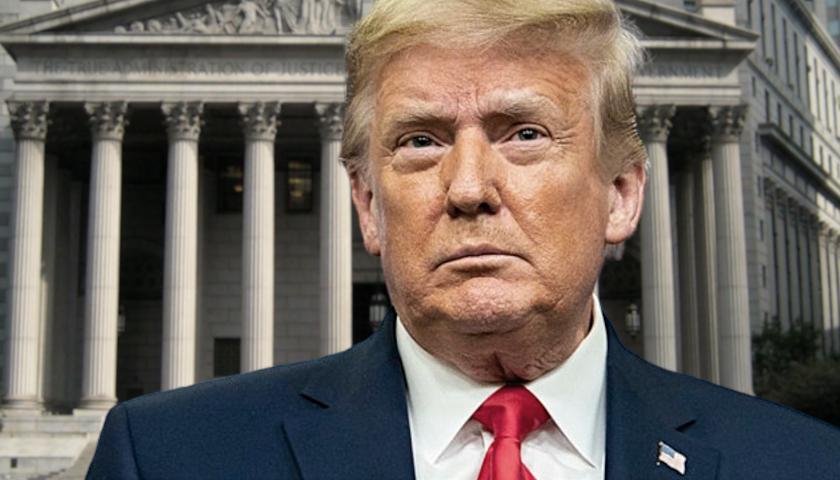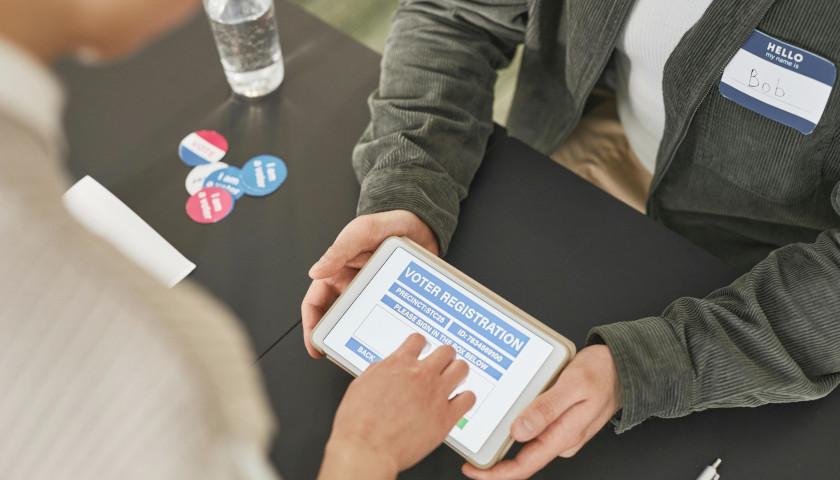by Robert Romano
Don’t count your chickens before your eggs have hatched.
To read some of the alarmist headlines pointing to the latest polls, you might conclude that the 2020 election is already over and President Donald Trump has been ousted.
After all, the latest Fox News poll shows former Vice President Joe Biden ahead of Trump, 49 percent to 39 percent, and Sen. Bernie Sanders similarly leads Trump, 49 percent to 40 percent.
When you take out supposed undecideds or non-responses, that takes Biden up to 56 percent of the vote and Sanders to 55 percent, with Trump at 44 percent and 45 percent, respectively, a modern-day rout.
But does anyone really expect such a lop-sided outcome come Nov. 2020? The largest landslide in recent history was 2008, but even with the economy completely collapsed and Democrats on their way to winning a filibuster-proof majority in the Senate, the worst possible conditions for Republicans on the ballot, Barack Obama only garnered 52.9 percent of the popular vote.
That is not to say that Biden or Sanders could not defeat Trump, but by 10 points or 9 points? It seems not only unlikely, but exceedingly improbable.
The news came amid separate reports that the Trump campaign has fired its internal pollster after results leaked to NBC News, which stated, “In Wisconsin, Pennsylvania, Florida and Michigan — three states where Trump edged Democratic nominee Hillary Clinton by narrow margins that proved decisive in his victory — Trump trails Biden by double-digits… He’s also behind the former vice president in Iowa by 7 points, in North Carolina by 8 points, in Virginia by 17 points, in Ohio by 1 point, in Georgia by 6 points… In Texas, where a Democratic presidential nominee hasn’t won since President Jimmy Carter in 1976, Trump leads by just 2 points.”
For starters, polls 17 months out from an election may not be reliable. They do not take into account unknown quantities, such as voters feeling the same about Biden or Sanders now versus when they find out more about the candidate during the course of a competitive campaign. Or third party candidates. Or how the economy might be doing. Or who will end up doing well in the Democratic primaries, and what it will mean for their election chances. These are all very important, if not determinative factors in re-election cycles, and they’re not even on the table yet.
Looking back at the same point in the cycle, a May 2015 Quinnipiac poll confidently suggested that Hillary Clinton would beat Donald Trump in a hypothetical matchup, 50 percent to 32 percent. When undecideds or non-responses are removed, it comes out 61 percent to 39 percent.
A June 2015 Fox News poll had Clinton at 52 percent and Trump at 34 percent, or 60 percent to 40 percent with undecideds and non-responses removed.
As far as the state-by-state contests are concerned, it is worth noting that Nate Silver’s Fivethirtyeight.com model looks at state-by-state polling and found that Hillary Clinton would most certainly win the election, with a 70 percent probability on the Nov. 8, 2016. Clinton was supposed to receive 300 Electoral College votes and win the election.
None of it turned out to be true. Trump won the Electoral College in 2016, not Clinton, 304 to 227, in spite of the state-by-state polls and head-to-head matchup polls. As for the popular vote, Clinton received 48.2 percent, and Trump 46.1 percent. Given Clinton’s favored status in the polls, it was one of the greatest upsets in American political history and helps explain much of the shock on the left that followed the election.
On Twitter, Trump suggested on June 17 that “Polls are always bad for me.” He is not wrong.
Trump got elected with a favorable rating of only about 40 percent and unfavorable of almost 60 percent. It is also worth noting at this point in both the Reagan and Obama presidencies, both were upside down on job approval.
In fact, Trump under-polled what his actual favorability number was in 2016 and the current polling may be doing the same thing just be serving as a proxy for job approval and undersampling Trump supporters, or alternately, Trump supporters being reluctant to respond to polls.
Granted, other pollsters were far more accurate in their readings of the electorate. Rasmussen Reports springs to mind, which had the most accurate polls down the stretch to reality on the ground.
Which, by the way, is a giant grain of salt for Democrats. The most recent job approval from Rasmussen shows Trump at 48 percent.
When you break it down, President Trump is in a far more commanding position than the early polls suggest at the moment, which are almost assuredly wrong about the state of the race. So, watch for national polls to tighten naturally as we approach 2020 and the actual primary contests to follow, and then tighten even more once Democrats determine their eventual nominee. Happens every time.
What was that about counting chickens?
– – –
Robert Romano is the Vice President of Pubic Policy at Americans for Limited Government.








